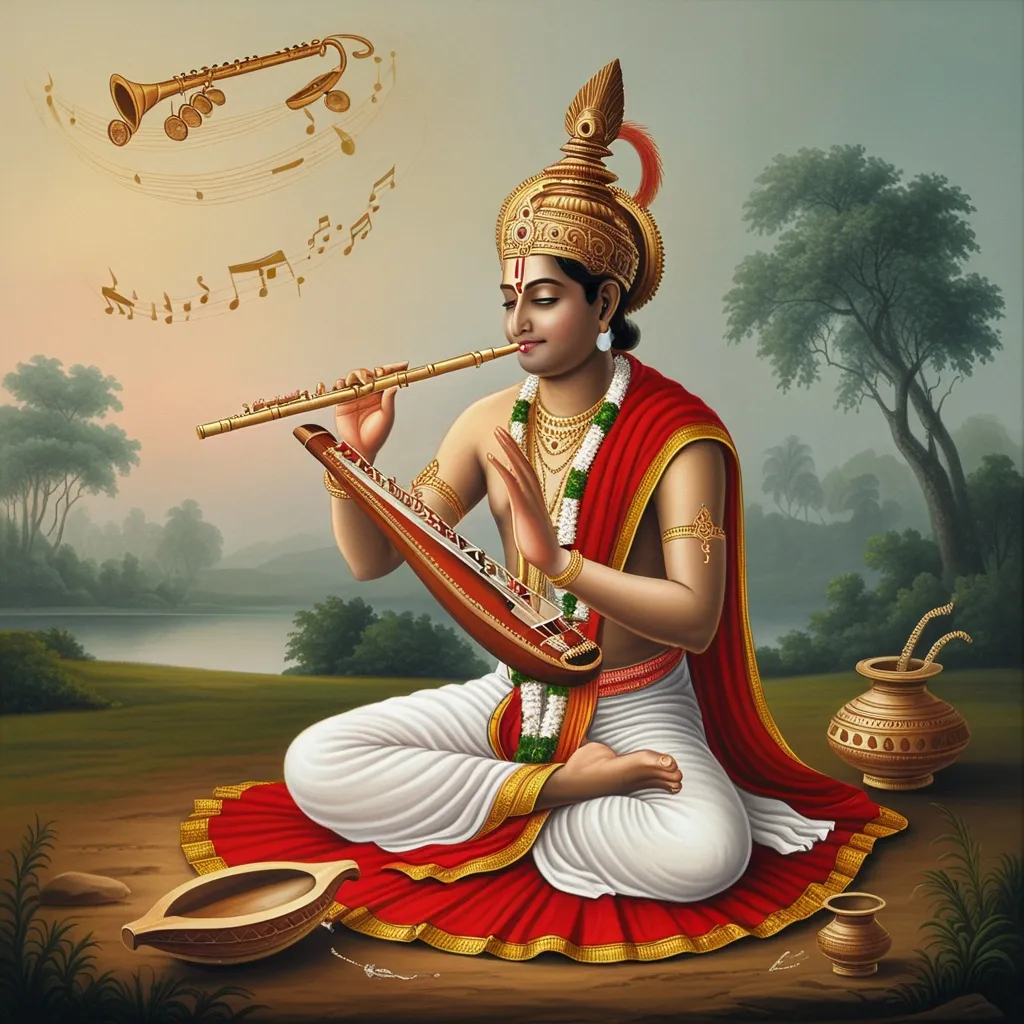Yoga has been a cornerstone of spiritual and physical well-being for thousands of years, deeply embedded in the ancient Indian tradition of the Vedas. To truly appreciate yoga, we need to dive into the profound wisdom of these sacred texts.
The Roots of Yoga in the Vedas
The Vedas, dating back over 3,500 years, are the oldest recorded religious texts in an Indo-European language. These scriptures were unveiled to ancient sages, known as Rishis, through divine revelations during intense meditation. Passed down orally before being committed to writing, the Vedas ensured accurate transmission through meticulous recitation.
Among the Vedas, the Rig Veda stands out as the oldest and most esteemed. It contains hymns emphasizing breath control, meditation, and spiritual unity. These hymns hint at fundamental yoga principles, leading to a profound understanding of mind-body connection and the quest for spiritual harmony.
Vedic Hymns and Yogic Foundations
The mantras and hymns in the Vedic scriptures subtly reference yogic concepts. The Rig Veda’s collection of inspired hymns invoked qualities like courage, peace, and wisdom. Here, the term “yoga” first appears, meaning “yoking” or “discipline.” This foundational idea paves the way for the integration of physical postures, breathing techniques, and meditation central to yoga practice.
Yoga and Vedic Rituals
Vedic tradition used elaborate sacrificial rituals called yajnas, which involved specific movements, breath control, and deep focus similar to yogic practices. These yajnas aimed to connect humans with the divine, laying the groundwork for the unity of body, mind, and spirit essential to yoga.
Philosophical Underpinnings
The Upanishads, philosophical texts emerging from the Vedic tradition, expanded on yoga’s spiritual dimensions. Exploring concepts like Brahman and Atman, they emphasized self-realization and the journey to enlightenment. These teachings provided a philosophical framework for merging physical postures, meditation, and yoga’s ethical principles.
Evolving Influence and Development
While yoga practices were refined in texts like Patanjali’s Yoga Sutras, the Vedic oral tradition laid the foundational yogic principles. This ancient wisdom influenced yoga’s development, leading to a practice aimed at physical health, mental clarity, and spiritual awakening.
Breath Control and Meditation
Breath control and meditation are pivotal in yoga, rooted deeply in the Vedas. The Rig Veda underscored breath regulation and meditation, forming the basis for later yogic practices. These techniques help practitioners reach spiritual union and self-realization, the ultimate goals of yoga.
The Quest for Self-Realization
Central to yoga is self-realization, introduced by the Vedas. They teach that the true self is pure consciousness, and yoga aims to realize this through meditation and self-inquiry. The Upanishads and later texts elaborate on this, offering a profound understanding of reality and the self.
Ethical Living and Dharma
The Vedas also stress ethical living, or dharma. This principle emphasizes living harmoniously with the universe and others, guiding a meaningful and fulfilling life, integral to the yogic path.
Understanding Interconnectedness
The Vedas highlight the universe’s interconnectedness, fostering compassion and empathy for others. This interconnectedness is a core yoga principle, encouraging practitioners to view themselves as part of a larger whole, leading to mental peace and happiness.
Yoga in Modern Times
Despite yoga’s ancient origins, it’s highly relevant today. Modern practices like asanas (physical postures), pranayama (breathing techniques), and meditation trace back to Vedic principles. These practices cultivate calm and balance, beneficial for managing stress and anxiety.
Yoga’s Evolution
Yoga has evolved through various texts and traditions over the centuries. The Bhagavad Gita, part of the Mahabharata, discusses the nature of the self, duty, and enlightenment. Patanjali’s Yoga Sutras detail the eight limbs of yoga, covering ethical principles, postures, breathing, and meditation. Together, these texts enrich yoga’s tapestry of thought and practice.
Intention and Awareness
Yoga goes beyond physical postures; it demands intention and awareness. The spiritual dimensions are intertwined with the physical. Focusing solely on physical aspects without recognizing underlying spiritual principles might limit yoga’s benefits. Connecting deeper with oneself and the universe makes yoga a holistic practice.
Yoga’s Versatility
Yoga caters to varied purposes. Some seek its spiritual benefits, while others focus on physical aspects like flexibility. Both views are valid and complementary. Yoga’s adaptability makes it meaningful for people with diverse goals and motivations.
Conclusion
Yoga, rooted in the Vedas, embraces physical, mental, and spiritual dimensions. The Vedas’ ancient wisdom helps in understanding yoga’s profound essence. Whether seasoned or new, exploring yoga’s Vedic origins can enrich the practice, offering a deep connection to tradition. Integrating Vedic philosophical and spiritual principles reveals yoga’s full transformative potential.






